January
This month’s focus is on enhancing instruction. The content aligns with Quality Indicator IV: Differentiated Instruction on the Rubric of Effective Practices for Students with Complex Access Needs and the Administrator Companion Document to the Rubric of Effective Practices for Students with Complex Access Needs. This month, you will reestablish routines and procedures and integrate new strategies and techniques to keep students engaged in learning. Download or print the January Monthly Instructional Guide Checklist for your reference.
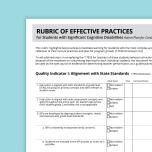
Significant Cognitive Disabilities, Behavior, Instruction, ARD/IEP Supports, Inclusion
Rubric of Effective Practices for Students with Complex Access Needs
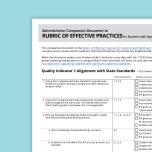
Significant Cognitive Disabilities, ARD/IEP Supports, Instruction, Assistive Technology, Behavior, Inclusion
Administrator Companion Document to the Rubric of Effective Practices for Students with Complex Access Needs
Reestablish Structure
After an extended school break, it is good to take time to reestablish the structure of your classroom.
- Revise schedules.
- Practice routines and procedures.
Revise Schedules
Did you have any new students move into your classroom after the break? Adding new students into your class may require you to make schedule adjustments. Collaborate with your colleagues to adjust classroom, student, and staff schedules as necessary to accommodate new learners.
Practice Routines and Procedures
Even if your schedule remains the same, a refresher of routines and procedures is helpful for both new and returning students. Have students practice while you directly teach and model the expectations. Review the August Monthly Instructional Guide for assistance with creating routines and procedures.
Review Student Information
Review student information as you prepare to enhance your instruction.
- Update student preferences.
- Check for regression.
- Clarify learning targets.
Update Student Preferences
Update student preference sheets and reinforcer surveys to include additional interests that may have developed since the fall. Collect information on any new students who transferred in during the break. Dedicate some time to reconnect with returning students and establish relationships with any new students. Review the information on building relationships in the September Monthly Instructional Guide.
Check for Regression
You may have noticed that returning to school after such a long break is difficult for some of your students. Collect student data these first few weeks back and compare it to your data from before the break. Have any of your students shown regression? If so, keep watch on the data to see how long it takes them to recoup their skills. This is important information to share at ARD committee meetings when extended school year (ESY) services are discussed.
Clarify Learning Targets
If you noticed areas of regression or students have not made as much progress as you would like, you may want to look for new approaches to help them learn. If you have students transferring in with different abilities, you may need to learn new techniques to meet their needs. Make an updated list of the content and skills you need to cover this semester, referencing student IEPs, progress reports, and the TEKS vertical alignment access points when necessary.
Integrate New Strategies and Techniques
Now that you have clarified your students’ learning targets, you can focus on enhancing your instruction with new strategies and techniques.
- Visit the Active Learning Space site.
- Check out the Texas Deafblind Project.
- Learn more about assistive technology.
- Mix in motor skills.
- Add sensory activities.
- Try project-based learning.
- Tap into transition skills.
Visit the Active Learning Space Site
Your students with complex access needs may need you to adjust their classroom environment so that they can become an active participant and an engaged learner. Active Learning is meant for students at the sensorimotor and early pre-operational stages of learning. Designed for learners in the 0–48-month developmental range, it can be used to teach most any content at a developmentally appropriate level for these learners.
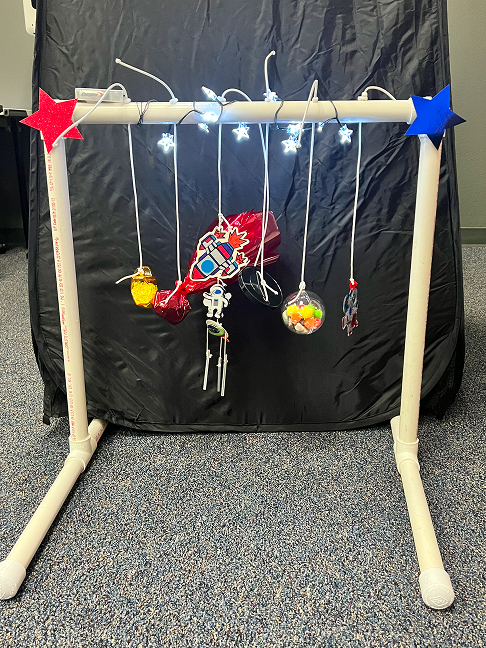
Active learning frame for space theme. Cindy Kososki, 2022
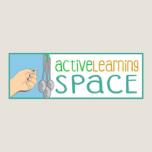
Active Learning
Check out the Texas Deafblind Project
The Texas Deafblind Project is supported by the U. S. Department of Education, Office of Special Education Programs (OSEP) and State Technical Assistance Project to Improve Services and Results for Children Who Are Deaf-Blind (CFDA 84.326T) grant funds. The project offers instructional strategies in best practices for learners who are deafblind. Techniques cover concept development through experiential learning.
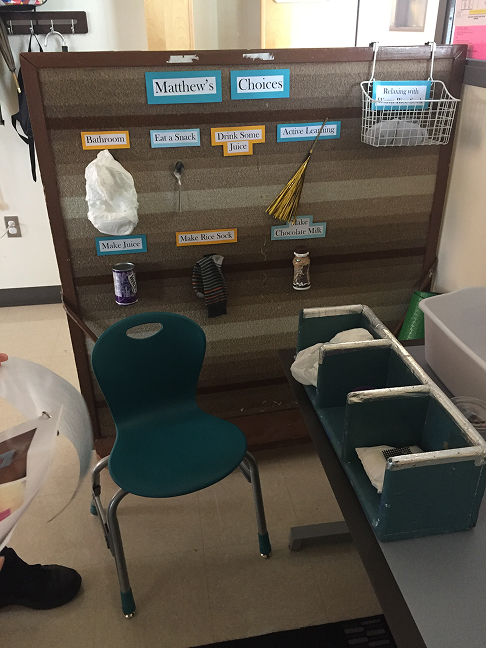
Calendar and choice board. Shannon Beyer-Kaminski, 2018
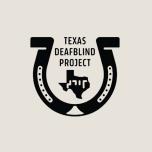
Texas Deafblind Project
Learn More about Assistive Technology
Assistive technology devices are identified in the IDEA 2004 Sec. 300.5 as “any item, piece of equipment or product system, whether acquired commercially off the shelf, modified, or customized, that is used to increase, maintain, or improve the functional capabilities of children with disabilities. The term does not include a medical device that is surgically implanted, or the replacement of such device.” In simpler terms, assistive technology is anything that students need to access the curriculum. It could be a pencil grip, a magnification device, a switch, a voice output device, a piece of software, or a myriad of other items. Learn more about the types of assistive technology and how they may be used at Texas AT Support.
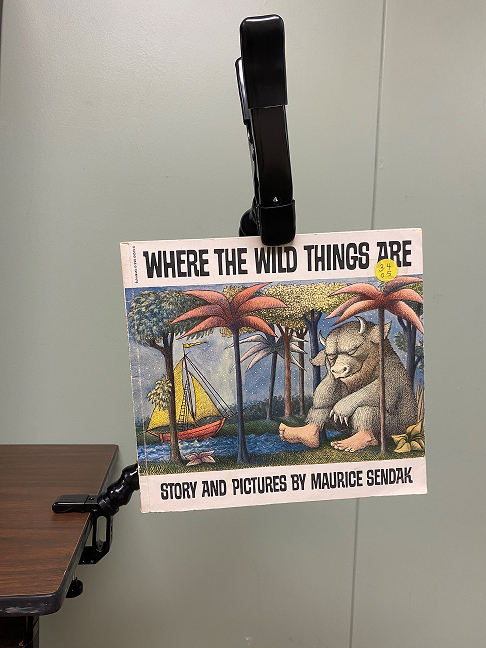
Low-tech clamp to assist with holding reading materials at student’s eye level. Shannon Beyer-Kaminski, 2023
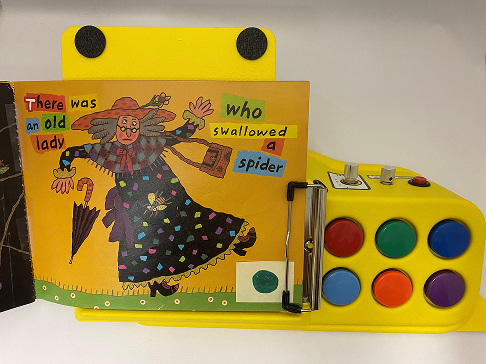
Mid-tech device to assist with reading. Shannon Beyer-Kaminski, 2023
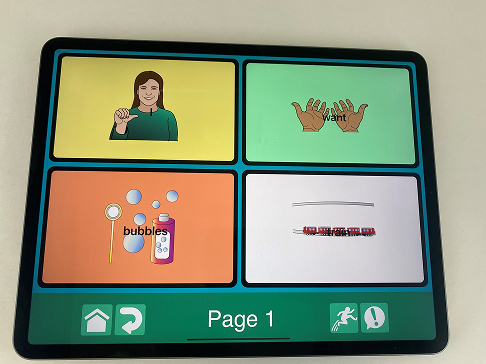
High-tech device to assist with communication. Shannon Beyer-Kaminski, 2023
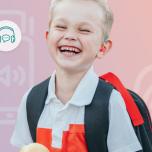
Assistive Technology, Blind/Visually Impaired, Deaf/Hard of Hearing, Dyslexia and Other Related Disorders, Inclusion, Instruction
Texas AT Support

Assistive Technology
Wisconsin Assistive Technology Initiative (WATI)

Assistive Technology
Georgia Department of Education

Assistive Technology
Video: Understanding Assistive Technology: Simply Said
Mix in Motor Skills
Many students with complex access needs have delayed motor skills and/or limited attention to task. By integrating motor skills practice within classroom lessons, you can meet the needs of learners who benefit from these types of activities. Adding movement during instruction offers opportunities for students to participate who cannot engage in learning through paper/pencil tasks. For elementary teachers, having a few movement activities in your instructional toolbox can also assist with indoor recess on bad weather days. Whether you go on a walk to look for content examples in the real-world, have students use hand gestures to represent concepts, or adapt sports to include academic tasks, adding movement can allow students to demonstrate academic progress in non-traditional ways.
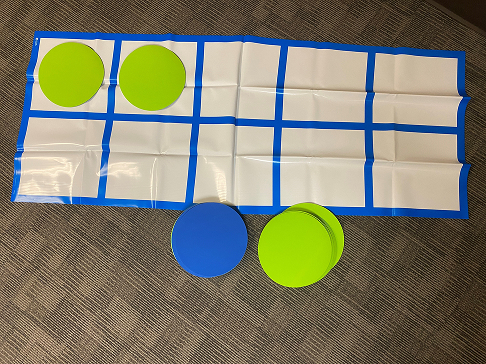
Large ten-frame floor mat so students can move as they practice numeracy concepts. Shannon Beyer-Kaminski, 2023
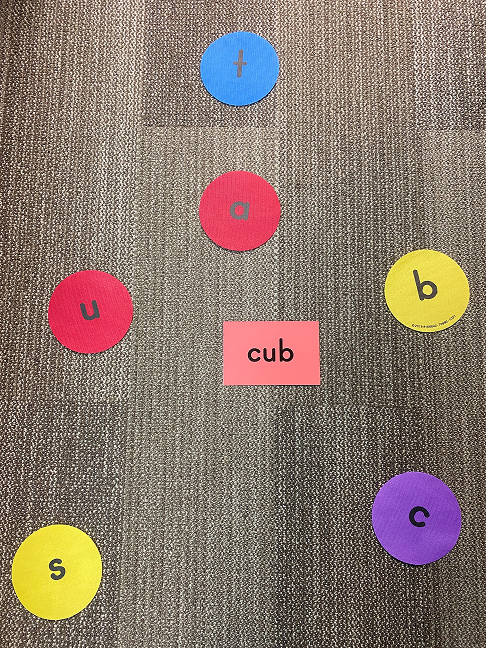
Students move around to spell CVC words. Shannon Beyer-Kaminski, 2023
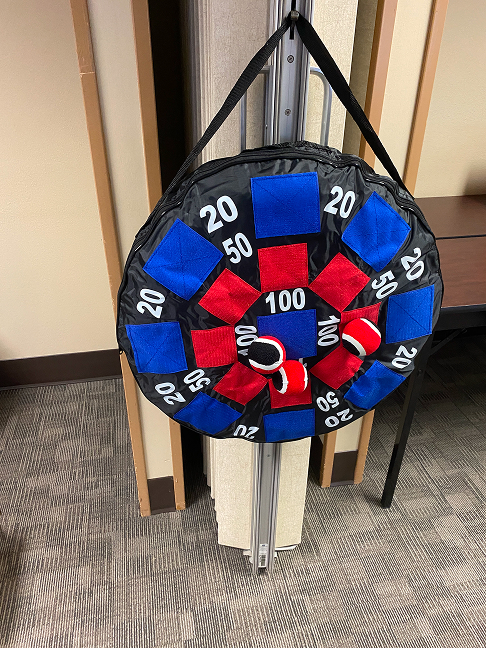
Students practice adding two and three-digit numbers with this ball toss game. Justin Morton, 2022
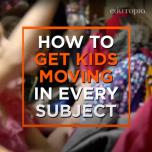
How to Get Kids Moving in Every Subject

Heartland, Adapted Physical Activities

10 Rainy and Snow Day Activities for Indoor Recess
Add Sensory Activities
Along with movement, other sensory activities can help students stay focused and/or self-regulate. Integrating hands-on sensory experiences into lessons or creating a sensory station in your classroom can help meet the sensory needs of students so they are ready to learn. Multi-sensory lessons foster problem solving skills, encourage social and communication skills, and promote deeper learning. Collaborate with your campus occupational therapist for ideas on how to incorporate sensory activities into your daily routines.
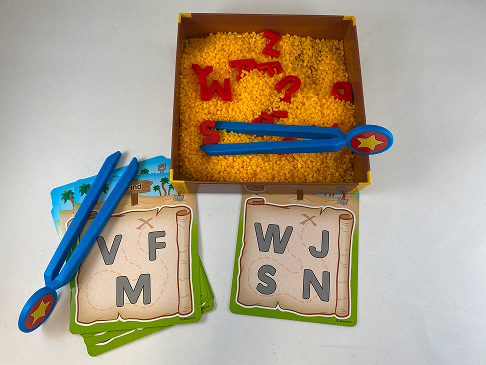
Students search for letters in a sensory bin.. Shannon Beyer-Kaminski, 2023
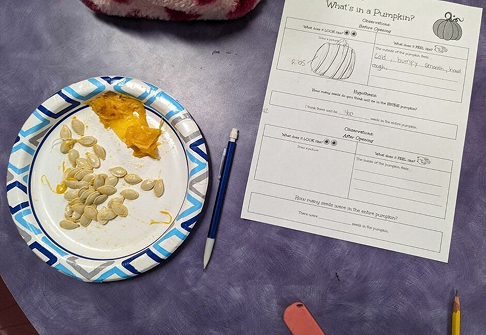
Pumpkin lesson engaging senses through hands-on exploration. Justin Morton, 2023
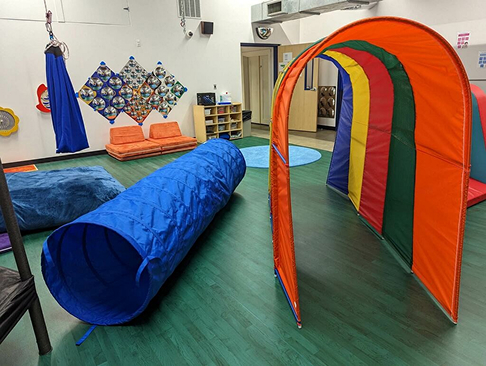
Campus sensory lab. Justin Morton, 2023
Try Project-based Learning
With project-based learning, students use skills from across the curriculum to solve a real-world problem. It is a great way to integrate a variety of learning objectives and student IEP goals into a cohesive, ongoing learning experience. These projects can connect students to the community and allow for the generalization of skills.
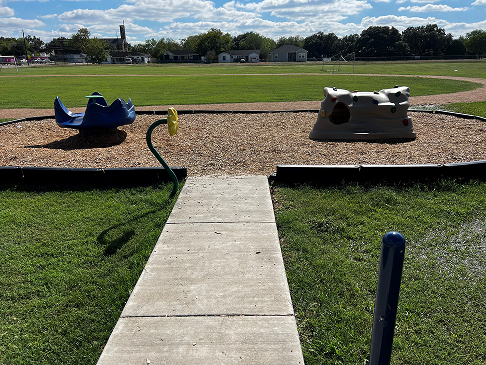
Elementary students suggested equipment and materials to make their playground more accessible. John Bednarczyk, 2023

Secondary students proposed ways to make the local movie theater more comfortable for people with sensory processing issues. Shannon Beyer-Kaminski, 2023
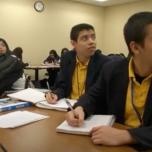
Projects and Project-based Learning: What’s the Difference?
Tap into Transition Skills
Even with young students, you should integrate transition activities into your instruction that will help learners be more independent in the future. Encourage self-determination by providing students with choices. Expose them to a variety of occupations through career exploration. Teach them to follow a schedule, and work on building their communication skills.
Texas SPED Support offers the Next Steps to Independence: Skills and Strategies document. The Next Steps checklist focuses on specific skill areas that help predict postsecondary success for learners from birth to 22 years old.
- Choice Making & Decision Making,
- Goal Setting & Independence,
- Self-Management & Self-Awareness, and
- Self-Determination & Self-Advocacy.
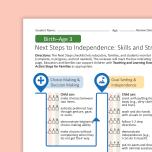
Transition
Next Steps to Independence: Skills and Strategies
Extend Your Learning
Learn more about how to enhance instruction for students with complex needs in the free online courses from Texas School for the Blind and Visually Impaired (TSBVI). This information supports Quality Indicator IV: Differentiated Instruction.
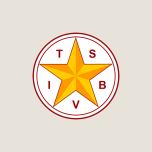
TSBVI online courses
Final thought: Refine strategies and try new techniques
This month continued the December Monthly Instructional Guide theme of professional skill improvement and being a lifelong learner. As a teacher of students with such unique learning needs, you want to have a toolbox of strategies available to support them. This month, as you explore and implement new techniques, you will get creative, broaden your collection of resources, and hone your skills.
Looking Ahead
Spring is testing season, with state assessments asking students to show what they know. Some student supports used in the classroom are allowable on the examinations, and some are not. You can find more information about administering state assessments in the February Monthly Instructional Guide.
